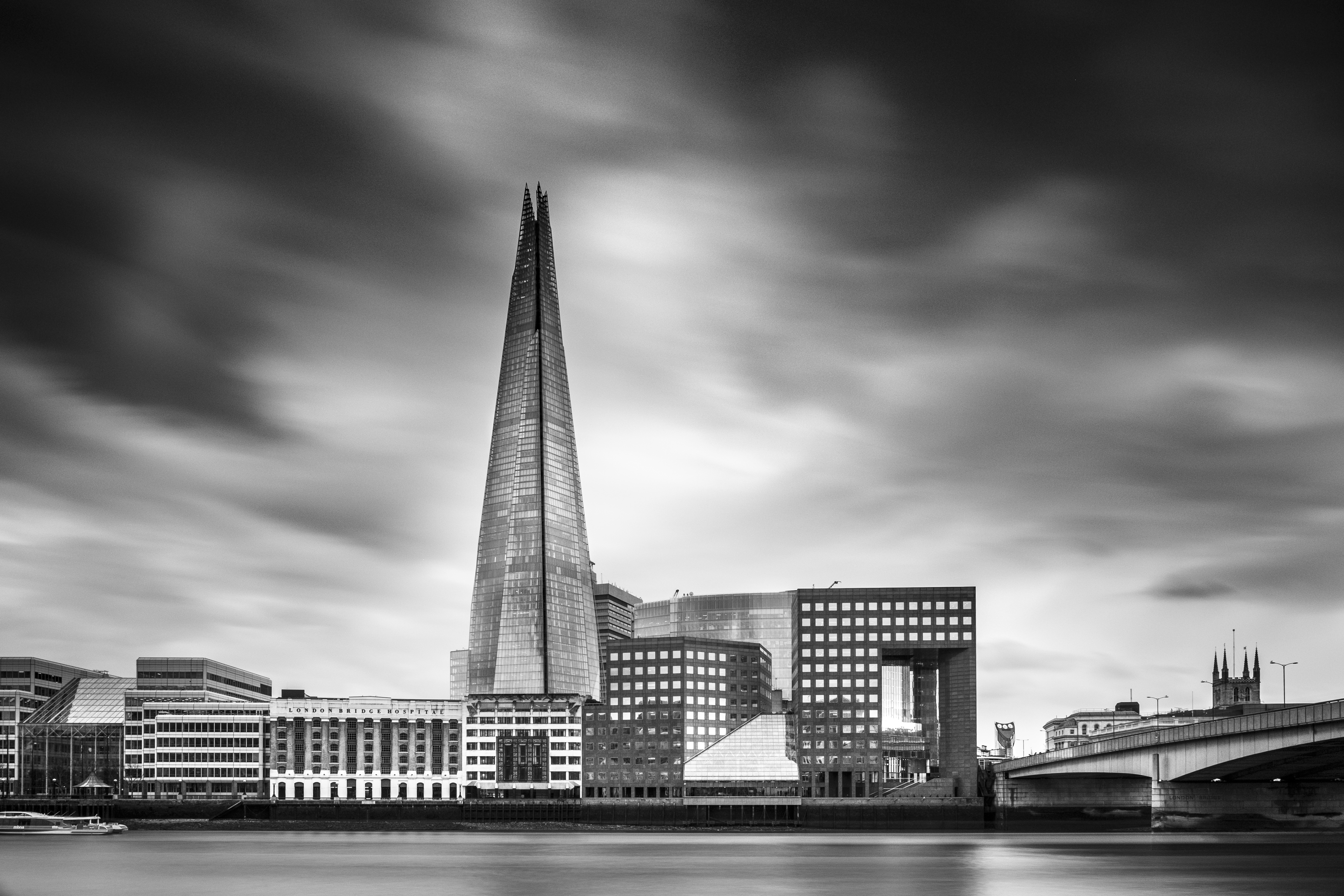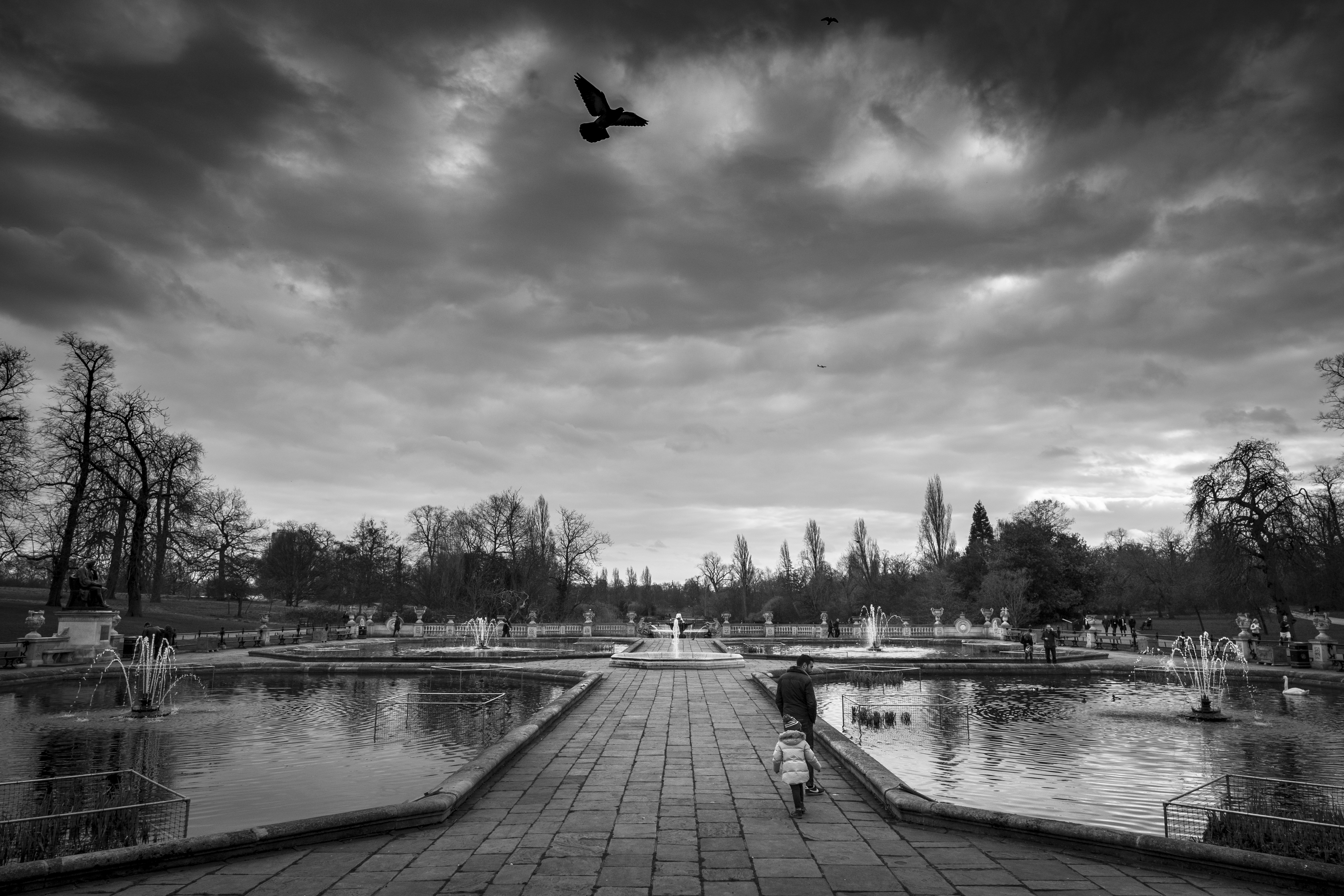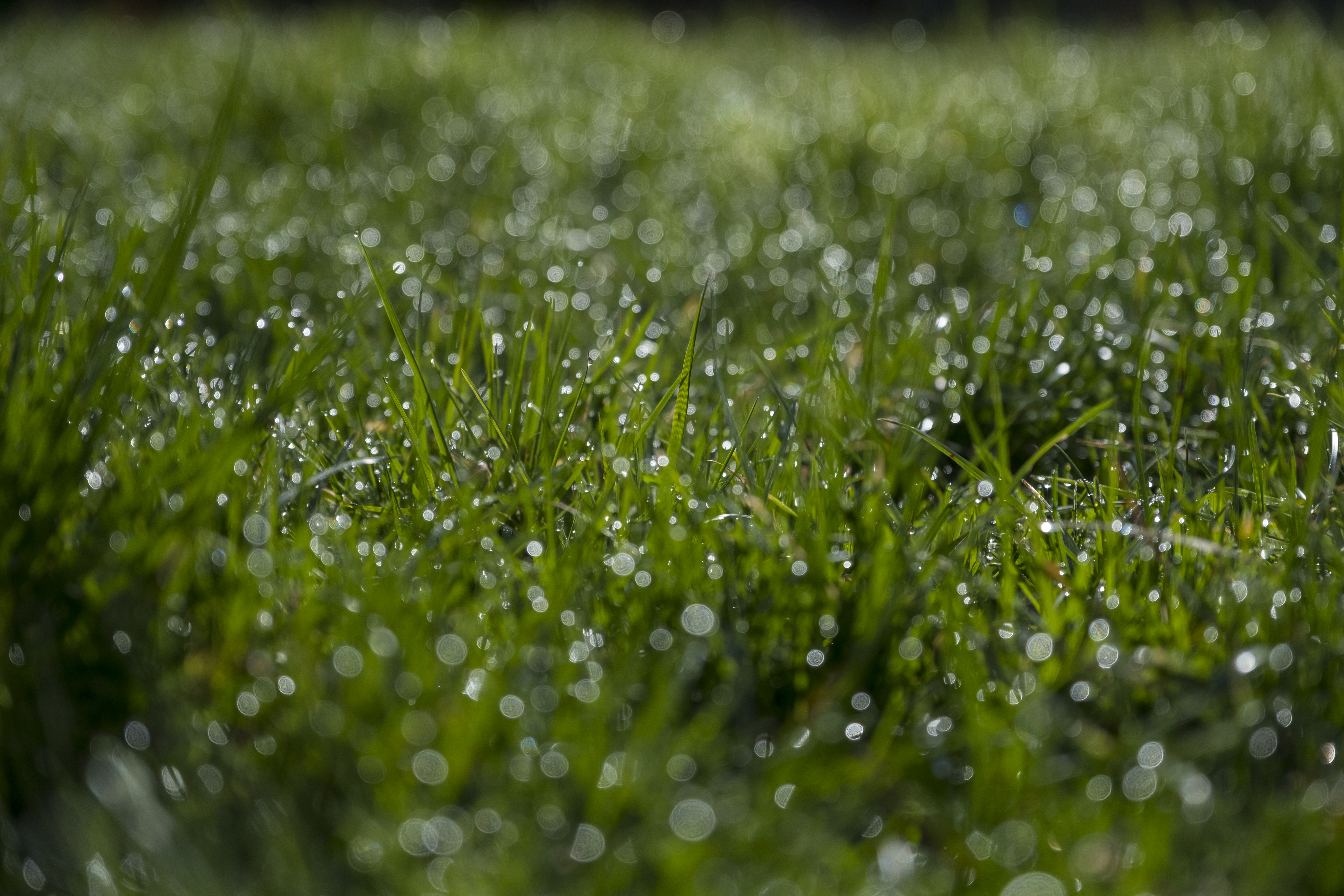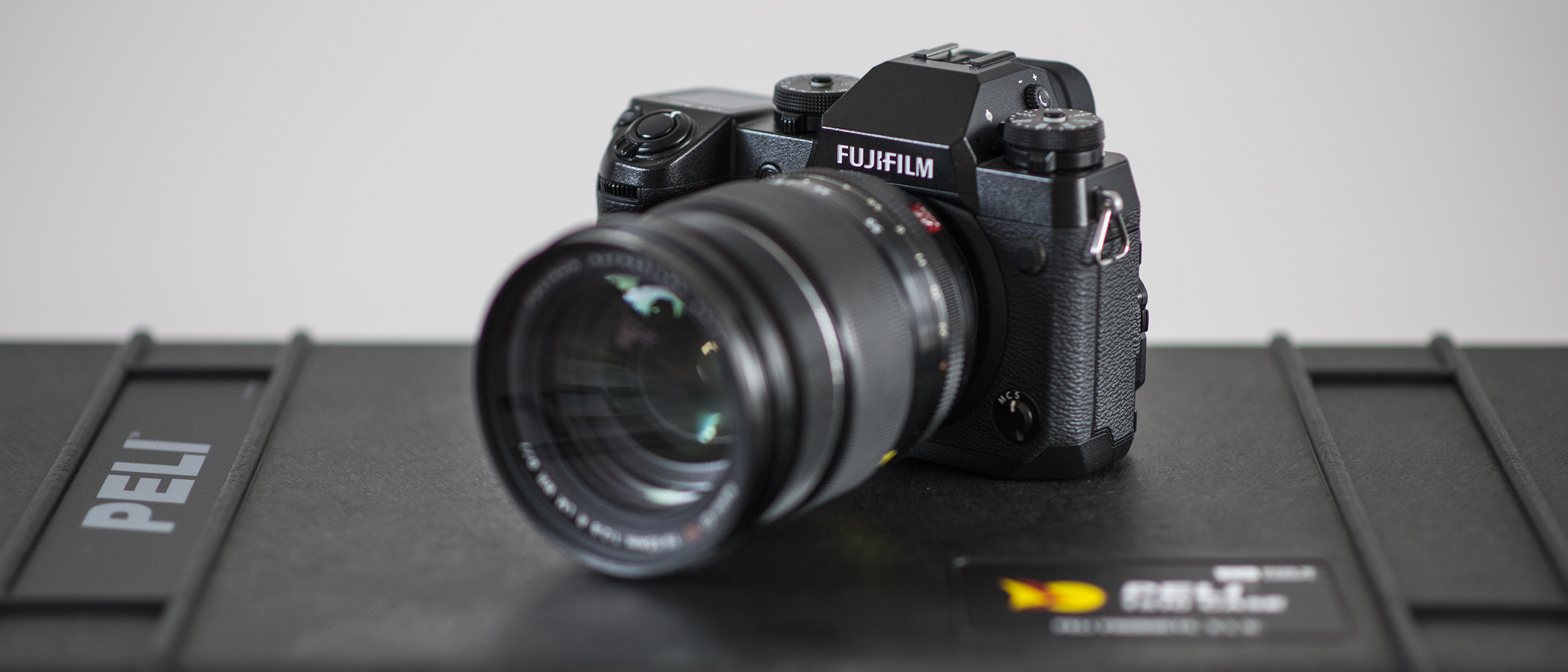Why you can trust TechRadar
Performance
- Same burst shooting speed as the X-T2
- Viewfinder is bright and crisp
- Solid metering performance
As Fujifilm's flagship camera you'd expect the X-H1 to offer some performance advantages over cameras further down the range, but perhaps a little disappointingly the X-H1 shares the same burst shooting speeds as the X-T2.
With the mechanical shutter selected both cameras are capable of shooting at 8fps, and, with a SDHC UHS-II card installed, can capture 31 compressed raw files at this rate. Compare that to the Nikon D500, which is capable of shooting 200 compressed raw files at 10fps (admittedly with an XQD card), and the X-H1 looks a little pedestrian.
The X-H1 can shoot at a faster rate of 14fps if you opt to use the electronic shutter (for 27 raw files), while should you add the optional VPB-XH1 battery grip to the mix the burst rate increases to a fast 11fps with the mechanical shutter.
The viewfinder is excellent. Raise the camera to your eye and the display is large and bright
The viewfinder is excellent. Raise the camera to your eye and the display is large and bright, while the clarity and color rendition don't disappoint; in low-light conditions things get a little noisy, as the screen is artificially lightened, but you can still easily frame your subject, albeit at the expense of the increased grain. We'd suggest though that you opt for the optional 'Boost' mode under Power Management in the menu of the X-H1, as this sees the refresh rate increase to 100fps – it's worth the sacrifice of the extra power used by the battery.
Fujifilm has stuck with its TTL 256-zone metering system for the X-H1 – it's a system that's been used in the majority of X Series cameras, and it's a consistent performer. In high-contrast scenes it does tend to underexpose the shot to preserve highlight detail, though, and there will be occasions when you have to dial in a touch of exposure compensation to rectify this.
The X-H1 uses Fujifilm's NP-W126S Li-ion battery – that's the same battery as the X-T2, which is good news if you're planning to have both cameras in your kit bag, but the X-T2 has the slightly better battery life of 340 shots, compared to 310 shots for the X-H1.
This can be attributed to a number things, including the fact that the larger viewfinder and in-body stabilization are likely to drain the power of the X-H1 a little more. We'd recommend getting the VPB-XH1 battery grip, as you can pack in an extra two batteries (in addition to the one in the body), while handling is also improved for portrait-format shooting.
Image quality
- Uses one of the best APS-C sensors out there
- Very good dynamic range
- Film Simulation modes are excellent
With the Fujifilm X-H1 using the same 24.3MP X-Trans III CMOS sensor as other X Series cameras, image quality doesn't disappoint. As we've found in the past, this is one of the best APS-C sensors out there: it does an excellent job of resolving detail, while the colors recorded are hard to fault.
While it's a little disappointing to see the fairly conservative ISO range compared to some rivals, the X-H1 makes up for this with how well it handles noise. Images shot at the lower end of the sensitivity range display are exceptionally clean – you'll have to look really closely for signs of luminance (grain-like) noise in flat, blocked-color areas.
It's only when you hit ISO3200 that luminance noise starts to become a bit of an issue, while at ISO6400 and ISO12,800 you'll start to see colors become a little less saturated, and chroma (color) noise becomes more pronounced.

Click here to see the full-size image

Click here to see the full-size image

Click here to see the full-size image

Click here to see the full-size image

Click here to see the full-size image

Click here to see the full-size image
While many manufacturers furnish their cameras with their own JPEG picture styles, Fujifilm’s Film Simulation modes easily have to be the most successful, and the X-H1 features with 16 of them, including the new ETERNA mode that's intended for video shooters. These modes can produce some lovely results – we particularly enjoyed Arcos for mono images – and in some instances you may be more than happy with the processed JPEGs straight from the camera, rather than tinkering with a raw file.
Dynamic range doesn't disappoint, and you have plenty of flexibility to recover detail in raw files during post-processing. We found it possible to pull back a good amount of highlight and shadow detail once the files had been opened in Lightroom.
Current page: Performance and image quality
Prev Page Build, handling and AF Next Page Verdict and competitionPhil Hall is an experienced writer and editor having worked on some of the largest photography magazines in the UK, and now edit the photography channel of TechRadar, the UK's biggest tech website and one of the largest in the world. He has also worked on numerous commercial projects, including working with manufacturers like Nikon and Fujifilm on bespoke printed and online camera guides, as well as writing technique blogs and copy for the John Lewis Technology guide.

